*Updated for 2024* There is a constant debate in the film-making about the best lenses for videography. Most of that debate focuses on zoom lenses vs prime lenses and what focal lengths are the best. Both sides have valid points. Filming weddings, events, sports, or even friends and family can be challenging due to the fast pace, constantly changing locations and lighting conditions, and the inability to stop and do things over. For us, we find the lenses below to be the best lenses for events and wedding videos. We’ll also provide some cheap(er) alternatives if you’re on a limited budget to what we consider the 5 Best Lenses for Nikon Videography.
Though lots of filming in our personal and professional lives, we’ve found the best results have come from the Nikon lenses below. We’ll also provide some cheap(er) alternatives if you’re on a limited budget to what we consider the 5 Best Lenses for Nikon Videography.
NOTE: These are lenses built for Nikon’s DSLR cameras, and would need an FTZ adapter to work with mirrorless camera bodies. You may also experience reduced performance if using an adapter.
5 Best Lenses for Nikon Videography
#1 The Nikon 50mm f/1.8G Mirrorless Version: NIKKOR Z 50mm f/1.8 S
Mirrorless Version: NIKKOR Z 50mm f/1.8 S
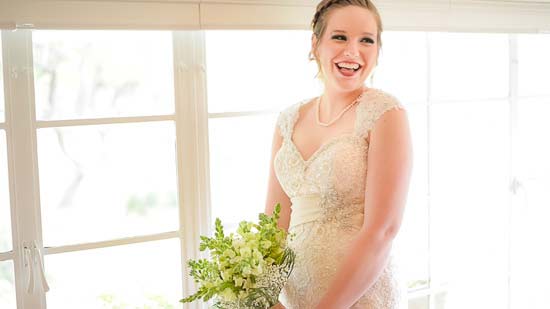 The cheapest Nikon lens on our list! This little guy sells for just over $200 and I’m always amazed at how well it performs given its price point. If you have a little room to move (your legs do the zooming in and out), this lens is impossible to beat for the price. A 50mm lens provides an excellent perspective without the distortion of wide-angle or telephoto lens.
The cheapest Nikon lens on our list! This little guy sells for just over $200 and I’m always amazed at how well it performs given its price point. If you have a little room to move (your legs do the zooming in and out), this lens is impossible to beat for the price. A 50mm lens provides an excellent perspective without the distortion of wide-angle or telephoto lens.
For DX/Crop Sensors: If you have a DX camera, consider the Nikon 35mm f/1.8G AF-S DX. On a crop-sensor body, the 35mm is nearly the equivalent to the 50mm on a full frame. Cameras that we recommend the 3mm focal length include the D500, D7500, D5600, D3400, or their predecessors (D7200, D5500, D3300, etc.)
#2 Nikon 24-70mm f/2.8G Mirrorless Version: NIKKOR Z 24-70mm f/2.8 S
Mirrorless Version: NIKKOR Z 24-70mm f/2.8 S
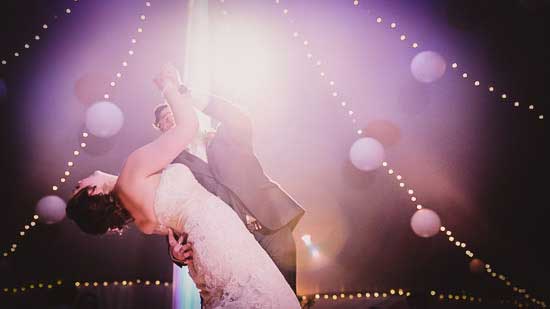 If there’s one lens we could leave on our camera for an entire shoot, it would the Nikon 24-70mm 2.8. (Or, it’s mirrorless option). It’s ability to zoom in and out allows us to frame a subject quickly and also in tight spaces while being relatively ‘fast’ at f/2.8. Often, bridal or groom prep areas are extremely tight. Some are just small bedrooms with a small perimeter around a bed. While the lighting is often poor in these locations and you may be tempted to go with an even faster prime lens, it would be near impossible to get several shots that are well framed. The zoom of the 24-70 allows you to get wide, medium, and close-up shots quickly – when you may only have minutes (or seconds) available to get the shot.
If there’s one lens we could leave on our camera for an entire shoot, it would the Nikon 24-70mm 2.8. (Or, it’s mirrorless option). It’s ability to zoom in and out allows us to frame a subject quickly and also in tight spaces while being relatively ‘fast’ at f/2.8. Often, bridal or groom prep areas are extremely tight. Some are just small bedrooms with a small perimeter around a bed. While the lighting is often poor in these locations and you may be tempted to go with an even faster prime lens, it would be near impossible to get several shots that are well framed. The zoom of the 24-70 allows you to get wide, medium, and close-up shots quickly – when you may only have minutes (or seconds) available to get the shot.
In addition to tight spaces, the Nikon 24-70mm f/2.8G is great for details and glidecam work. You may have 5 minutes before guests begin filing into the reception hall, and you want to get clean shots of the cakes, head table, centerpieces, and all the other cute details before grandpa comes and pops a squat in your shot – and the zoom makes quick work of this. Also, if you’re already carrying and adjusting your tripod and a slider, the need to re-adjust those two in order to get the framing you want using a prime lens would be difficult if not impossible in that situation.
For glidecam work, the 24-70 really only works well on a full-frame camera. If using a crop-sensor camera on a glidecam we recommend using something like the Tokina 11-16mm f/2.8. Tokina also makes a Canon version
)
Updates: Tokina has a new version called the Tokina AT-X 11-20mm f/2.8 Pro DX (for Nikon) , Nikon makes a VR (Vibration Reduction) version of the 24-70 now. We discussed if it was worth upgrading.
Cheaper Alternatives to the Nikon 24-70mm 2.8
For DX/Crop Sensors: If you want/need an inexpensive zoom lens with this focal length you should try to pick up a Nikon 18-140mm f/3.5-5.6G or the Nikon 18-105mm f/3.5-5.6 AF-S DX
. Both are kit lenses for the Nikon D7000 or D7100 and can generally be found pretty cheap on craigslist.
For FX/Full Frame Sensors:
For less than half the price of the Nikon, you can pick up the Sigma 24-70mm f/2.8. While we don’t have first-hand experience with this lens, it’s what you would expect from a 3rd part vendor – a ‘pretty good’ version of the Nikon with a more reasonable price tag.
#3 Nikon 70-200mm f/2.8G Mirrorless Option: NIKKOR Z 70-200mm f/2.8 S
Mirrorless Option: NIKKOR Z 70-200mm f/2.8 S
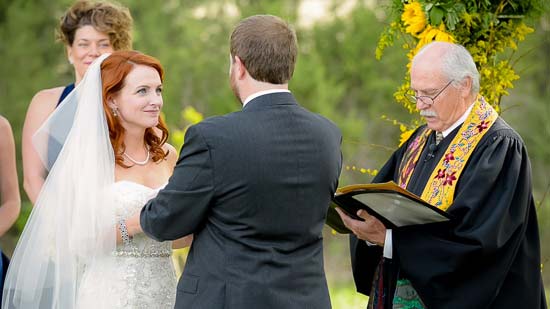 Believe it or not, we actually like this lens more than the #1 lens listed, the 24-70. While the Nikon 70-200
Believe it or not, we actually like this lens more than the #1 lens listed, the 24-70. While the Nikon 70-200 provides the most beautiful images of any lens we have, it just isn’t as versatile. That’s not to say it isn’t important. Today, we shoot nearly the entire ceremony from this focal length. There are some videographers that don’t mind standing in front of guests in the first row. Or worse, in front of the bridal party. This may be necessary to get an appropriate shot with either a shorter zoom lens or a prime. But, using two 70-200mm lenses allows us to be off to the sides, unobtrusive, and able to get amazing shots. Canon also makes a 70-200
Cheaper Alternatives
Sigma makes a Nikon version of its 70-200 for about half the price (Sigma 70-200mm f/2.8), but we think an even better alternative is the Nikon 80-200mm f/2.8D
. That lens is a beast, auto-focus is slow, but the optics are great. For video work, 99% is manual focus anyway (without image stabilization) so why not save the money and pick up the 80-200mm? For ceremonies, we don’t have two of the flagship Nikon 70-200’s, we have one of those and one Nikon 80-200mm. The only difference is the 80-200 is a little trickier to focus due to the ring design. With a little practice, it’s perfectly fine. For the price, the Nikon 80-200mm f/2.8D is one of the best lenses for Nikon videography.
For first-dances and special dances, we use a combo of the 24-70 on a glidecam and/or slider and a 70-200 on a tripod.
#4 Tokina 11-16mm f/2.8 Mirrorless Option: NIKKOR Z 14-24mm f/2.8 S
Mirrorless Option: NIKKOR Z 14-24mm f/2.8 S
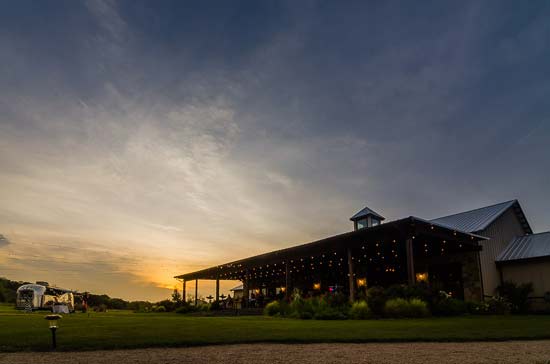
Update: Tokina now makes an updated version for Nikon and Canon
which has helped bring down the price of the 11-16.
We first bought this lens when we were using only DX cameras to film weddings. We got a LOT of mileage out of it when paired with our glidecam. After the ceremony, this lens stayed on our D7000 the rest of the night – for the entrances, first dance, parent dances, and all-around reception dancing and fun.
We still use the D7000/Tokina 11-16mm f/2.8 combo at weddings but for still photography and timelapses. It’s our backup camera and is easy to stick camera/lens combo on a GorillaPod
and let it run for 20-30 minutes. This combo also works as our backup to the D800/24-70 combo we now use for glidecam work.
Unfortunately, there isn’t a good cheap alternative for this lens – but for 4-500 bucks (maybe cheaper locally on craigslist) it’s hard to ask for much more.
#5 The Nikon 105mm f/2.8G Mirrorless Option: NIKKOR Z MC 105mm f/2.8 VR S
Mirrorless Option: NIKKOR Z MC 105mm f/2.8 VR S
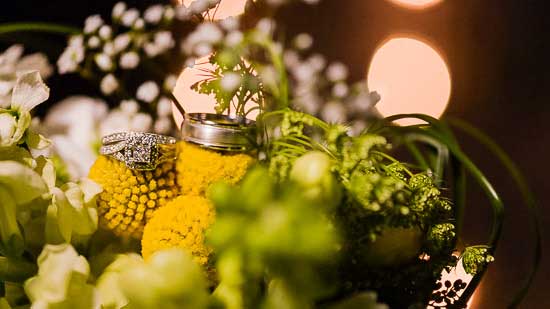 The Nikon 105mm f/2.8G
The Nikon 105mm f/2.8G is truly a luxury item. It isn’t versatile nor necessary, but if you already have everything mentioned above this is the next step. You can get killer close-up/macro shots, which can be fun for details – especially ring shots for weddings.
New Video Examples (be sure to watch in HD):
What do you think are the best lenses for Nikon videography? Let us know in the comments section what you like to use and why.
 Nikon DSLR Video Videography News, Tutorials, Reviews, and Information
Nikon DSLR Video Videography News, Tutorials, Reviews, and Information
Awesome job but the Tokina 11-16 is not the equivalent to the 24-70, you may not mean that but it sounds like that by your writings here. Trying to help. Thank you.
Thanks for your note, Julien.- we’ll try to clear it up.